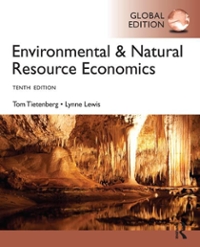Answered step by step
Verified Expert Solution
Question
1 Approved Answer
Your states are Pennsylvania and Ohio. Please only analyze 2020 Using the Johns Hopkins University data investigate for possible correlations between state restrictive/non-restrictive policies and
Your states are Pennsylvania and Ohio. Please only analyze 2020
- Using the Johns Hopkins University data investigate for possible correlations between state restrictive/non-restrictive policies and infection rates. Look at trends, not just individual data points. Consider that some periods might have different results than others. THERE ARE NO RIGHT OR WRONG ANSWERS as long as the analysis is done thoroughly. There may be a relationship or there may not be. This is strictly positive analysis and must be objective. Avoid overly stringent claims, like "a caused b." Instead, there "appears/doesn't appear" to be a correlation.
- in Part 2 you listed factors that you held constant by assumption. In this element you will explain how those assumptions might bias your results. Might your outcome have been different if you didn' impose the all else constant requirement. This is essentially a caveat to your results.Bro
Step by Step Solution
There are 3 Steps involved in it
Step: 1

Get Instant Access to Expert-Tailored Solutions
See step-by-step solutions with expert insights and AI powered tools for academic success
Step: 2

Step: 3

Ace Your Homework with AI
Get the answers you need in no time with our AI-driven, step-by-step assistance
Get Started


